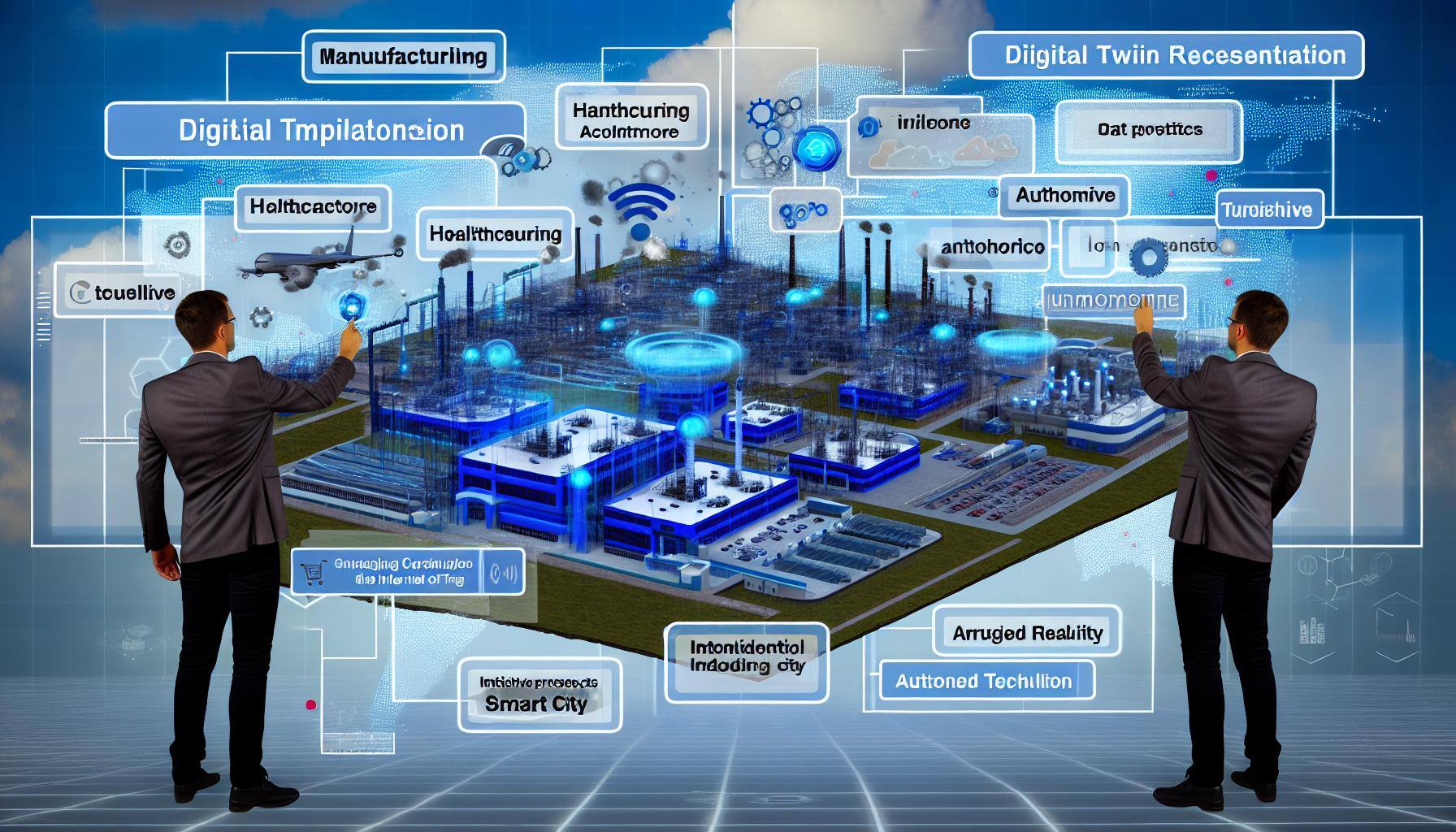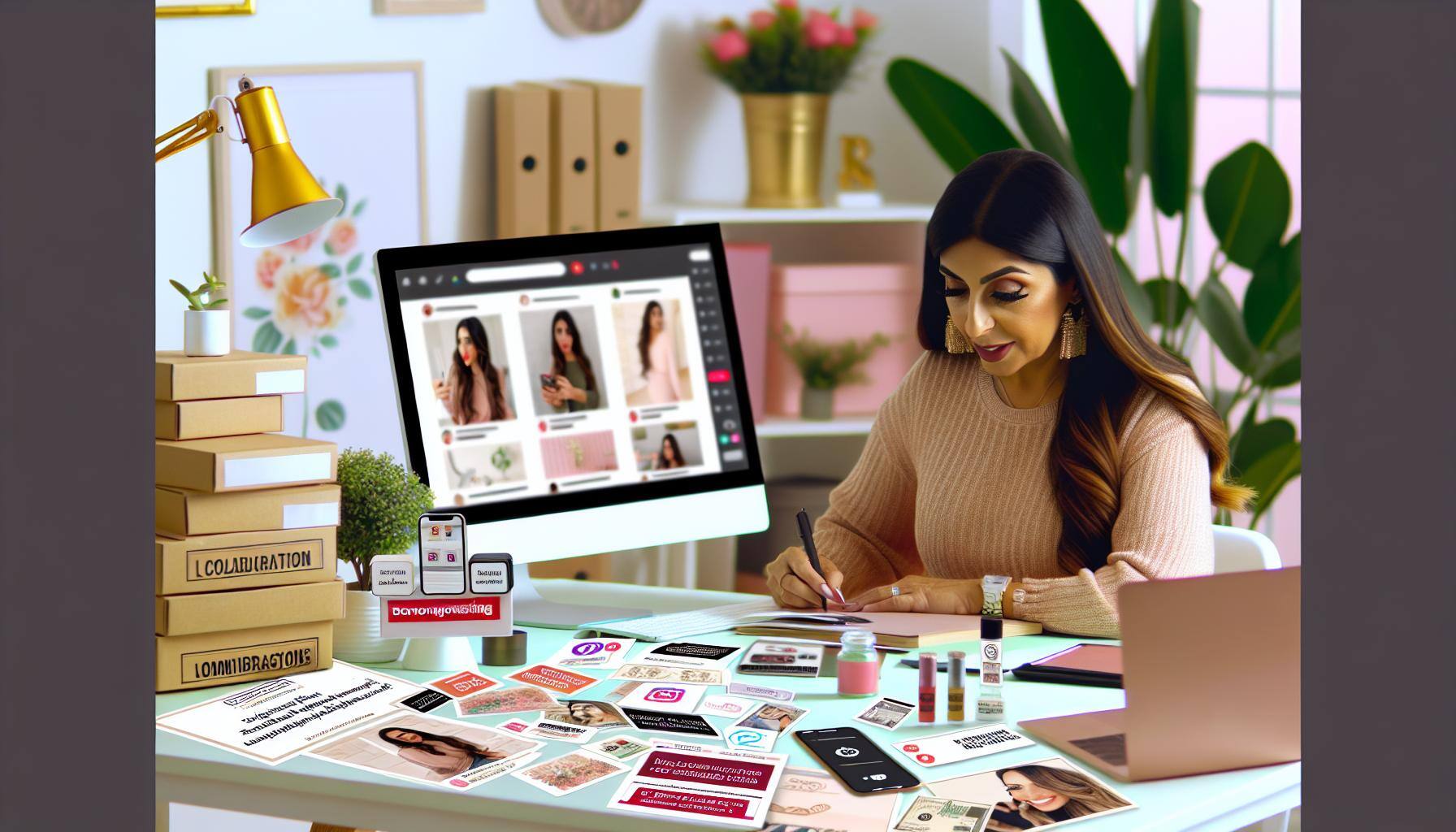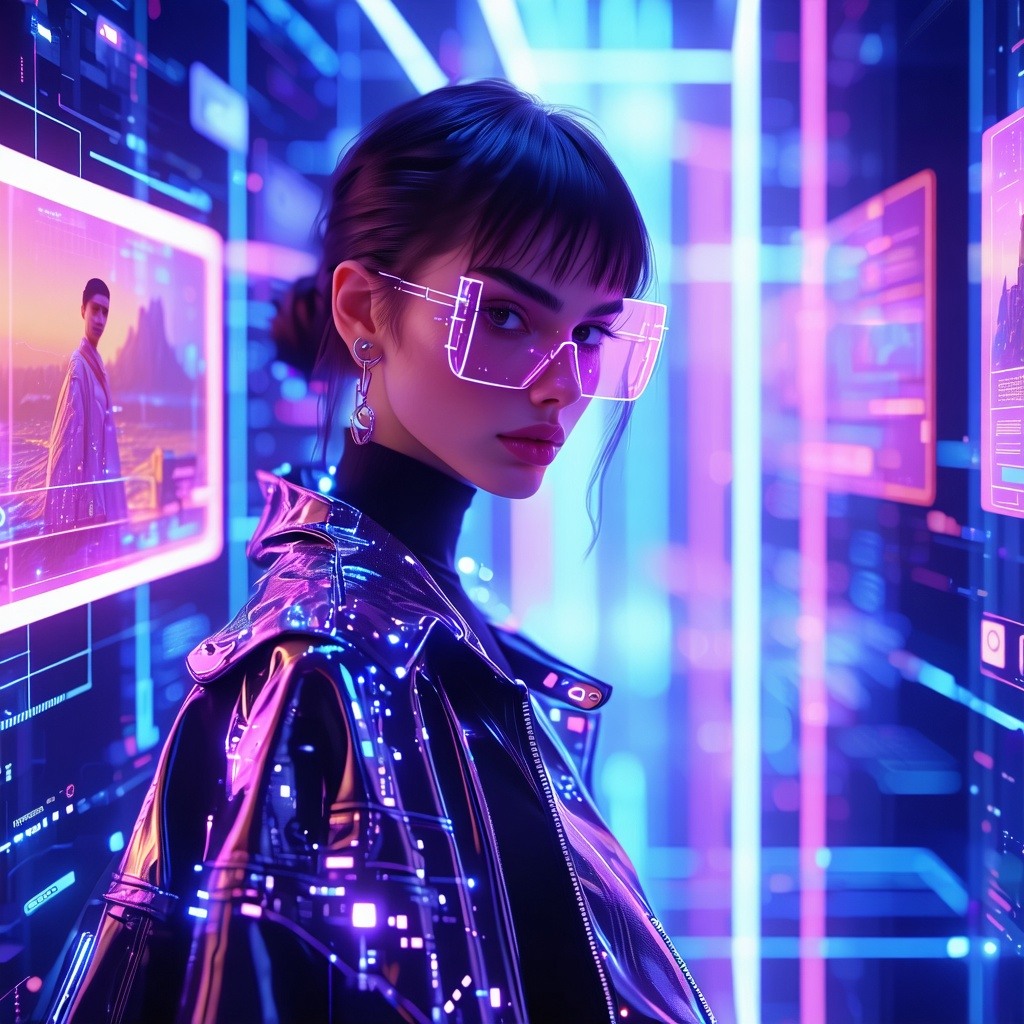5 min read
Boosting Online Presence: The Power of Virtual Models in USA!
Who is Virtual Models? Virtual models, also known as digital twins, have become an integral part of industries across the globe. These...
7 min read
The Amazing Team at Virtual Marketer Max : Feb 3, 2025 6:22:37 AM
Imagine a world where influencers never sleep, never age, and never cancel a brand deal. AI virtual influencers have seamlessly integrated into digital marketing, pushing the limits of creativity, engagement, and brand storytelling. With lifelike personalities and hyper-realistic appearances, these AI-driven figures are captivating millions and generating massive revenue through sponsorships, collaborations, and ads.
But what makes them so effective? Simply creating a digital model isn’t enough—it takes strategy, innovation, and the right execution. In this blog, we’ll explore how AI influencers are reshaping marketing, the strategies behind their success, and what brands can learn from them.
AI virtual influencers are digital personas powered by artificial intelligence, designed to engage audiences just like human influencers. These hyper-realistic or stylized characters are created using advanced AI, CGI (computer-generated imagery), and machine learning, enabling them to produce content, interact with followers, and even develop unique personalities.
Unlike traditional influencers, AI virtual influencers don’t have real-world limitations. They don’t age, need breaks, or face controversies like human creators. Brands can fully customize their look, voice, and persona to align perfectly with their marketing goals. Whether it’s promoting a fashion line, testing a new gadget, or advocating for social causes, these AI influencers can be tailored to any niche.
Some of the most well-known AI influencers, like Lil Miquela, Imma, Noonoouri, Rhea and Renee have amassed millions of followers, collaborated with global brands, and even landed magazine covers—blurring the line between reality and digital fiction.
The rise of AI influencers isn’t just a tech-driven fad—it’s a strategic move by brands to capitalize on digital marketing in a more controlled, cost-effective, and innovative way. Here’s why companies are embracing AI-driven personalities:
Unlike human influencers who have their own opinions, AI influencers stick to the script. Brands have complete control over their messaging, ensuring that every post aligns with their marketing goals. There are no risks of off-brand statements, scandals, or PR disasters—just flawless, brand-safe content every time.
Top human influencers demand hefty fees, often ranging from $50,000 to $1 million per campaign. AI influencers, on the other hand, offer a one-time development cost with long-term use. They can create unlimited content without additional payments, making them a more scalable and cost-efficient option.
AI influencers never take breaks, fall ill, or go offline. They can engage with followers 24/7, respond instantly, and even communicate in multiple languages, making them ideal for global brands looking to scale their reach.
With AI integration, these virtual influencers can use data analytics to tailor content based on audience behavior, trends, and engagement metrics. Unlike human influencers, who rely on intuition, AI influencers optimize content for maximum impact using real-time data.
AI influencers open endless creative possibilities—from futuristic virtual worlds to collaborations with real-life celebrities. Take Noonoouri, for example—she signed a music deal with Warner Music Group, becoming the world’s first AI pop star. This type of boundary-pushing storytelling keeps audiences engaged and brands ahead of the curve.
However, while AI influencers offer unparalleled control and efficiency, they also introduce new challenges and ethical dilemmas. From concerns over transparency to the risk of misinformation, brands must tread carefully in this evolving landscape.
Let’s explore some of the key challenges and ethical concerns surrounding AI virtual influencers.
As AI influencers continue to blur the lines between reality and digital fiction, they raise important ethical questions that brands and consumers must address. Here are some of the major concerns:
One of the biggest concerns with AI influencers is that many followers may not realize they’re interacting with a digital creation. Brands often fail to disclose that these influencers are not real people, leading to potential trust issues when audiences eventually find out.
For instance, some AI influencers post personal stories, opinions, or "life experiences" that appear genuine but are entirely scripted by marketing teams. This raises concerns about authenticity and deceptive advertising.
With AI influencers promoting products just like human influencers, who is responsible for their endorsements? Since they don’t have personal opinions, every recommendation they make is purely a marketing strategy. This brings up questions about genuine influence versus corporate-driven persuasion.
Regulators, such as the Federal Trade Commission (FTC), are beginning to consider rules around AI influencer disclosures. Brands using AI figures for promotions must ensure transparency to avoid misleading consumers.
With AI influencers taking over brand deals, will human influencers lose opportunities? The influencer industry, worth $21.1 billion in 2023, relies heavily on real content creators. If AI-driven personas dominate the space, human influencers could face decreased demand and financial instability.
Many AI influencers are designed with Western beauty standards, reinforcing unrealistic body ideals and lacking diversity. Since brands design their AI figures, they control gender, ethnicity, and appearance, raising concerns about biased representation in digital marketing.
For example, some brands create AI influencers with diverse ethnic backgrounds, but these digital figures are still managed by teams with no real lived experiences in those cultures. This raises questions about cultural appropriation and authenticity in branding.
AI influencers rely on vast amounts of data-driven insights to interact with audiences. However, this opens the door to privacy concerns, especially if brands collect user data without clear consent.
Additionally, the technology behind AI influencers can be misused for deepfake scams, creating fake endorsements, misinformation, or even political propaganda. As AI influencers become more realistic, the risk of fraudulent or harmful content increases.
AI virtual influencers offer groundbreaking marketing opportunities, but they also require ethical oversight and transparency. Brands must be responsible for:
As we move toward a future where AI influencers play an even bigger role in digital marketing, brands that prioritize ethical AI integration will stand out as leaders in responsible innovation.
But despite these challenges, AI virtual influencers continue to redefine digital marketing strategies. Their ability to engage audiences, personalize content, and drive brand storytelling makes them powerful marketing assets.
Let’s explore how AI influencers are being used in real-world marketing campaigns and why brands are doubling down on this futuristic trend.
AI virtual influencers are no longer just a novelty—they are changing the way brands connect with consumers. From luxury fashion houses to tech giants, companies are leveraging AI influencers to create immersive digital experiences that go beyond traditional marketing.
AI influencers dominate platforms like Instagram, TikTok, and YouTube, where engagement drives brand success. With millions of followers, they help brands:
For example, Lil Miquela, an AI influencer with over 2.6 million Instagram followers, has collaborated with brands like Samsung, Prada, and Calvin Klein, generating engagement rates comparable to top human influencers.
Unlike human influencers, AI influencers can be programmed to interact based on real-time data. They can analyze audience preferences and deliver personalized recommendations, making marketing campaigns more data-driven and targeted.
For instance, AI influencer Lu do Magalu, created by Brazilian retail giant Magalu, actively promotes products, interacts with customers, and even hosts product launch events—acting as a 24/7 brand ambassador.
Luxury brands have been early adopters of AI influencers. High-end fashion houses use them for:
For example, Noonoouri, the AI fashion icon, has modeled for Dior, Versace, and Balenciaga, bridging the gap between luxury fashion and digital innovation.
AI influencers are not just limited to fashion—they are also making waves in tech and gaming industries. Tech brands use AI figures for:
For instance, Rae (@here.is.rae), a hyper-realistic AI influencer from Southeast Asia, has been featured in tech campaigns, blurring the line between AI and human-like interactions.
With the rise of the metaverse and Web3, AI influencers are becoming key players in virtual commerce. Brands are using them to:
For example, Shudu Gram, one of the first AI supermodels, has been involved in digital fashion campaigns and NFT launches, positioning AI influencers as pioneers in virtual economy marketing.
From social media takeovers to AI-powered brand storytelling, virtual influencers are proving to be more than just digital avatars—they are redefining marketing strategies in fashion, food, tech, gaming, and the metaverse.
But as brands continue investing in AI-driven campaigns, one question remains: How will AI influencers evolve in the next decade? Will they completely replace human influencers, or will they coexist in a hybrid marketing model?
In this section, we’ll dive into the future of AI influencers, their impact on influencer marketing, and what brands need to do to stay ahead of the curve.
The integration of AI virtual influencers into marketing strategies is rapidly transforming the digital landscape. These computer-generated personas, powered by advanced artificial intelligence and machine learning algorithms, are becoming increasingly sophisticated and influential.
The future of AI influencers is promising. As technology advances, these digital personas are expected to become more lifelike and capable of deeper engagement. They are poised to play a significant role in the evolving landscape of digital marketing, offering innovative ways for brands to connect with consumers.
In conclusion, AI virtual influencers represent a significant shift in marketing strategies, offering both opportunities and challenges. Brands considering their use must weigh the benefits of cost efficiency and control against the need for authenticity and ethical considerations.

5 min read
Who is Virtual Models? Virtual models, also known as digital twins, have become an integral part of industries across the globe. These...

7 min read
Becoming a lifestyle influencer Becoming a lifestyle influencer is a dream for many, offering the chance to share your passions, inspire others, and...

10 min read
Introduction: The Digital Transformation of Influencer Marketing “Just when I thought I was out, they pull me back in.” – Michael Corleone, The...